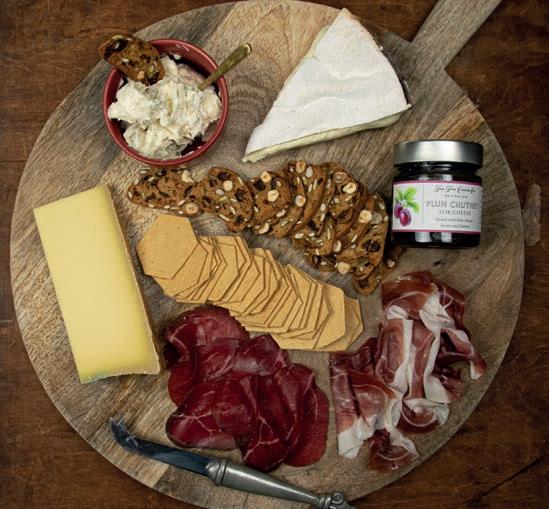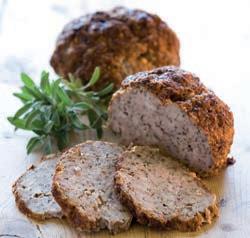
1 minute read
Retailing Tip: creating a good charcuterie board
Variety is key. Have an assortment from across your charcuterie range and think about showcasing di erent styles, textures, tastes and appearances. On a cheeseboard, you will have hard, blue and so cheese and the same principle applies to charcuterie.
O ering between three to ve types of cured meat in di erent shapes, sizes and shades of colour creates a contrasting and eyecatching display on the board.
Somerset Charcuterie
somersetcharcuterie.com

In 2015, farmers and charcuterie enthusiasts available in retail packs and whole to slice in store enquiries 01397 712121 or info@greatglencharcuterie.com
Andy Venn and James Simpson teamed up to develop a range of products that followed traditional Continental methods, adapted for the British market.
As well as pork, the producer uses local wild venison, free range duck, grass fed beef and lamb. A new production unit will allow them to meet growing demand and develop new products, including their latest, Peperone, made with their own rare-breed free-range pork.
Don’t just opt for pork-based charcuterie but think about other meats, like beef or game.
Create a board around themes or storytelling. You could work your way around the di erent cuts of a pig and talk about nose-to-tail eating – from the back leg to the guanciale jowl.
You can really experiment with di erent accompaniments on a charcuterie board (see page 19) Traditional pairings include fresh bread, cheese, pickles, salad leaves and balsamic vinegar, but consider some seasonal fruit, crackers, relishes, olives, cornichons, and nuts.
Make sure you serve the charcuterie at room temperature.
WWW.GREATGLENCHARCUTERIE.COM









